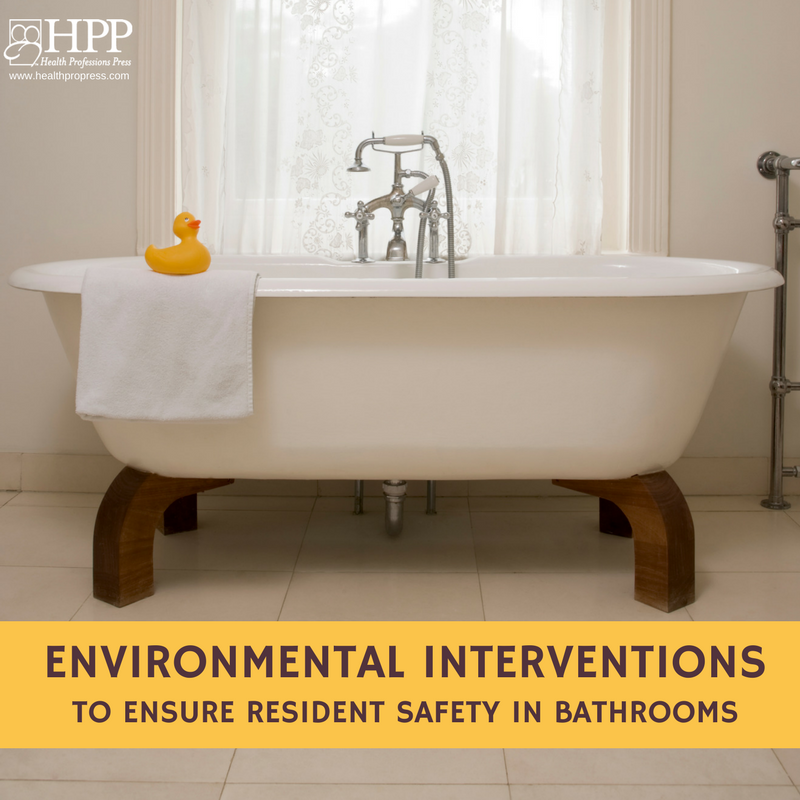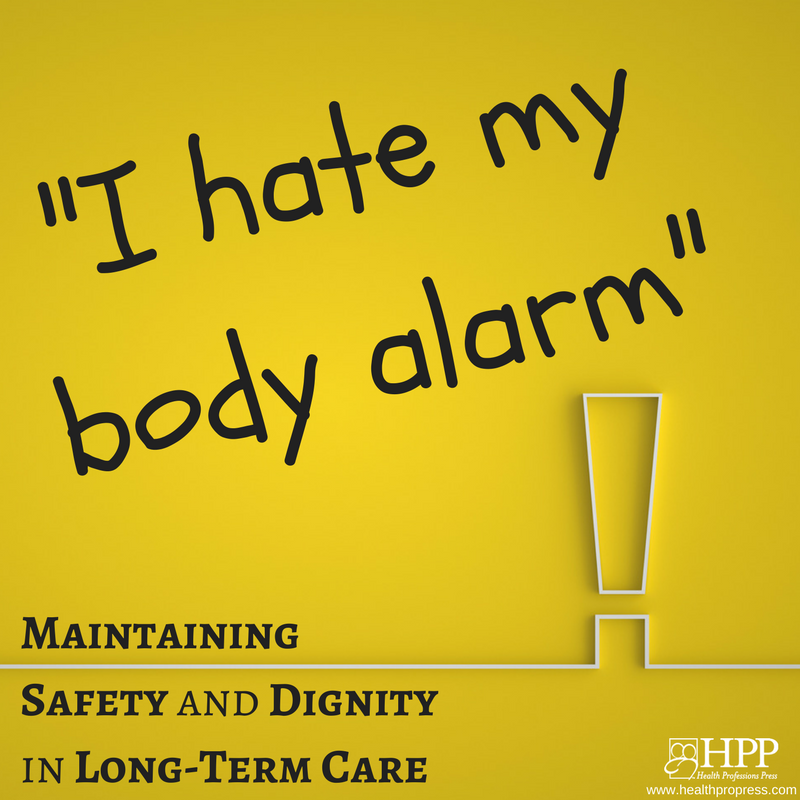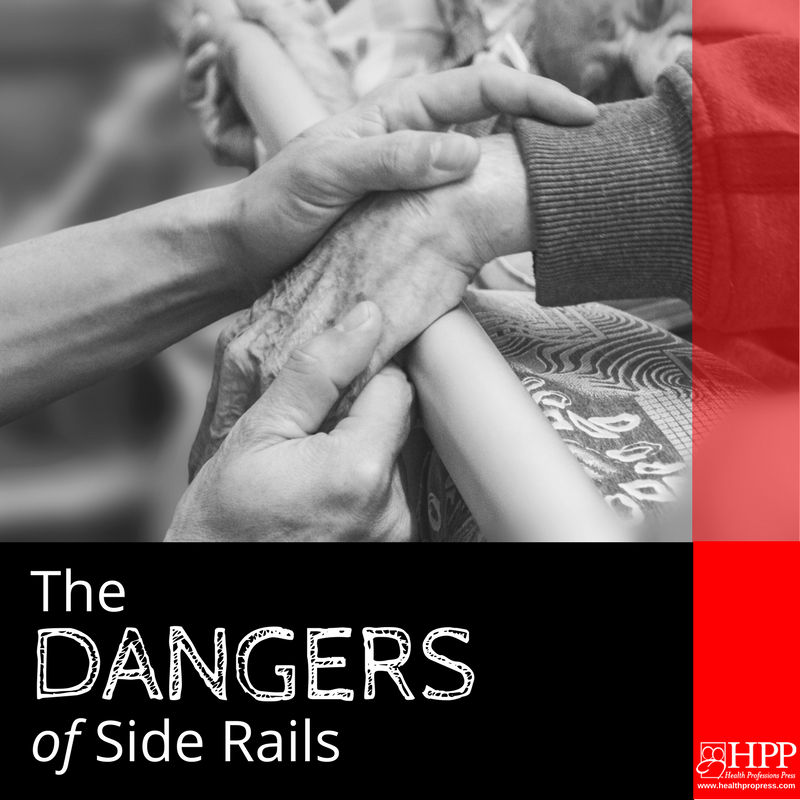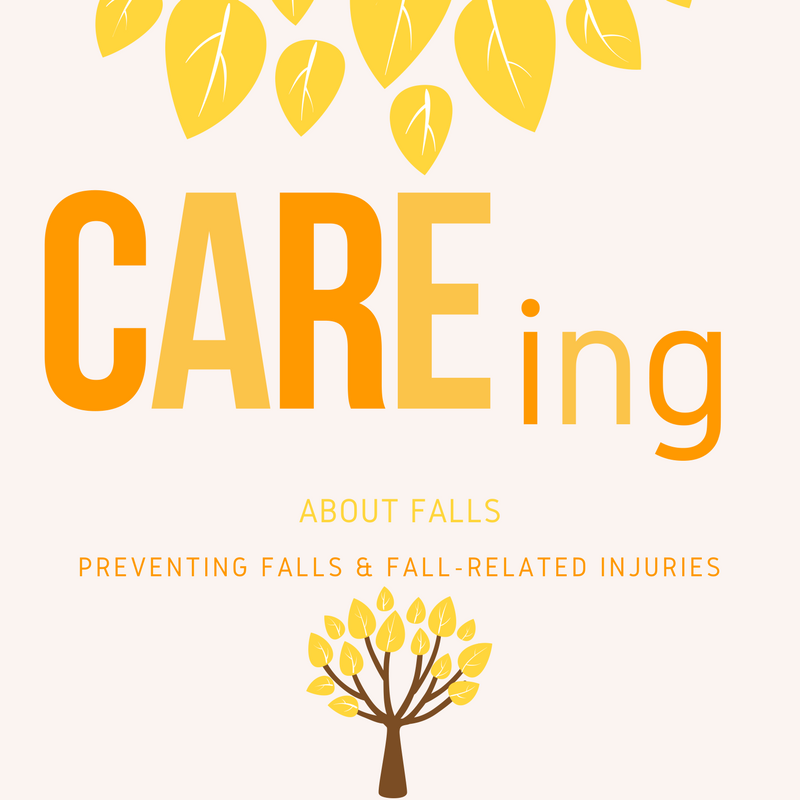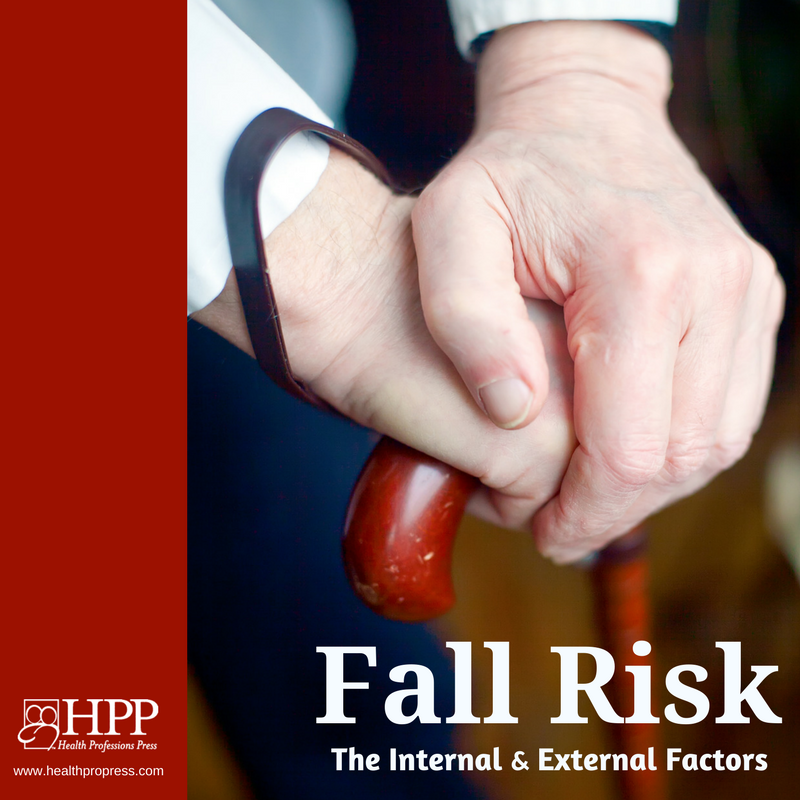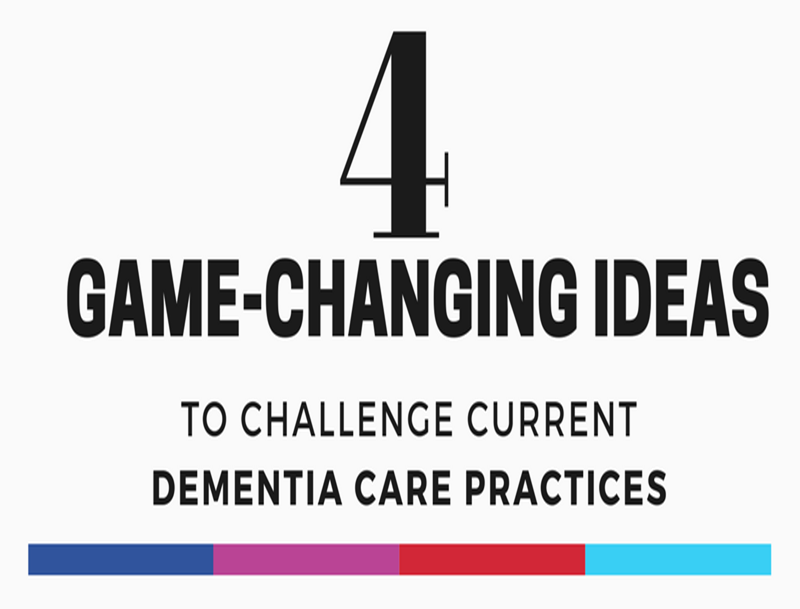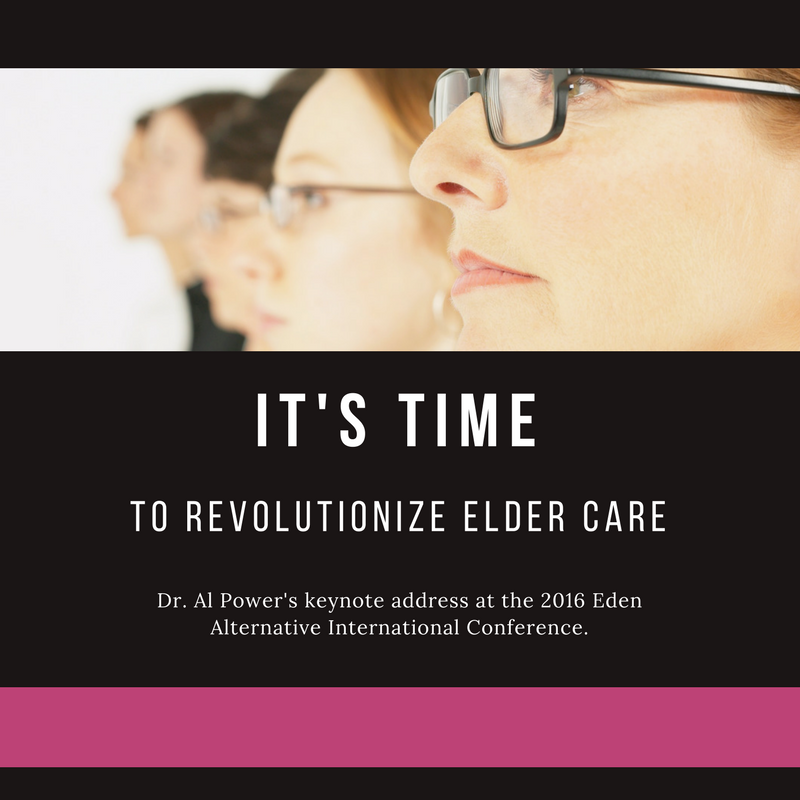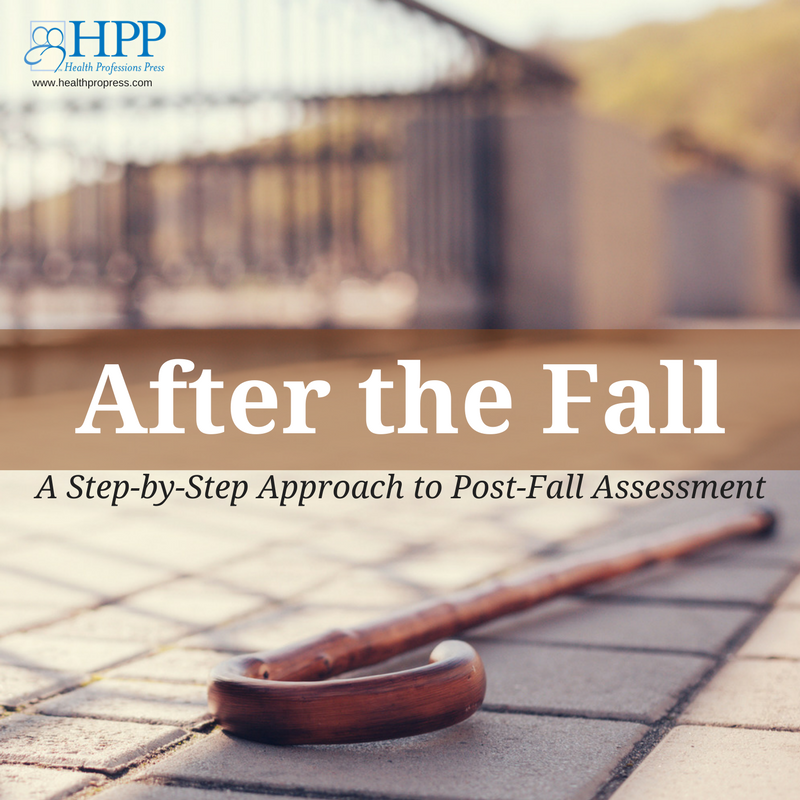
After the Fall: A Step-by-Step Approach to Post-Fall Assessment
Despite the best efforts of staff, sometimes a resident will fall. Immediately after a fall, you should complete a post-fall assessment. The goal of a post-fall assessment is to identify those internal and external factors that caused the fall and to discover the presence of any new or additional risk factors. Collecting this information can help determine the circumstances of and reasons for the fall and assist in designing appropriate interventions to prevent further falls. Take this step-by-step approach to post-fall assessment: STEP 1: Report the fall To ensure that falls are evaluated, they first need to be reported by…
READ MORE
